
 Department of Conservation and Recreation
Department of Conservation and Recreation
Conserve. Protect. Enjoy.
 Department of Conservation and Recreation
Department of Conservation and Recreation
By Emi EndoPosted November 04, 2021
Updated on September 20, 2024
Autumn is a great time to plan and plant ahead for the spring.
.jpg)
A Chesapeake Bay Program volunteer plants a native tree in a newly-constructed rain garden. Photo courtesy of the Chesapeake Bay Program.
If you began sprucing up your yard during the pandemic, keep that momentum going and imagine what you want to see after emerging from next winter. Along with seeding and fertilizing your lawn and safely storing chemicals before temperatures hit freezing, take advantage of these resources to add more life to your landscape.
Add hardy plants to your landscape, and make sure to think regionally. Why? Native plants have advantages because they're adapted to your region's climate.
Here are examples of some of Virginia's native plants:
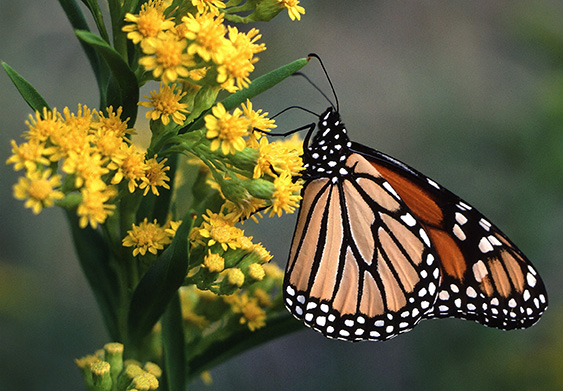
.jpg)
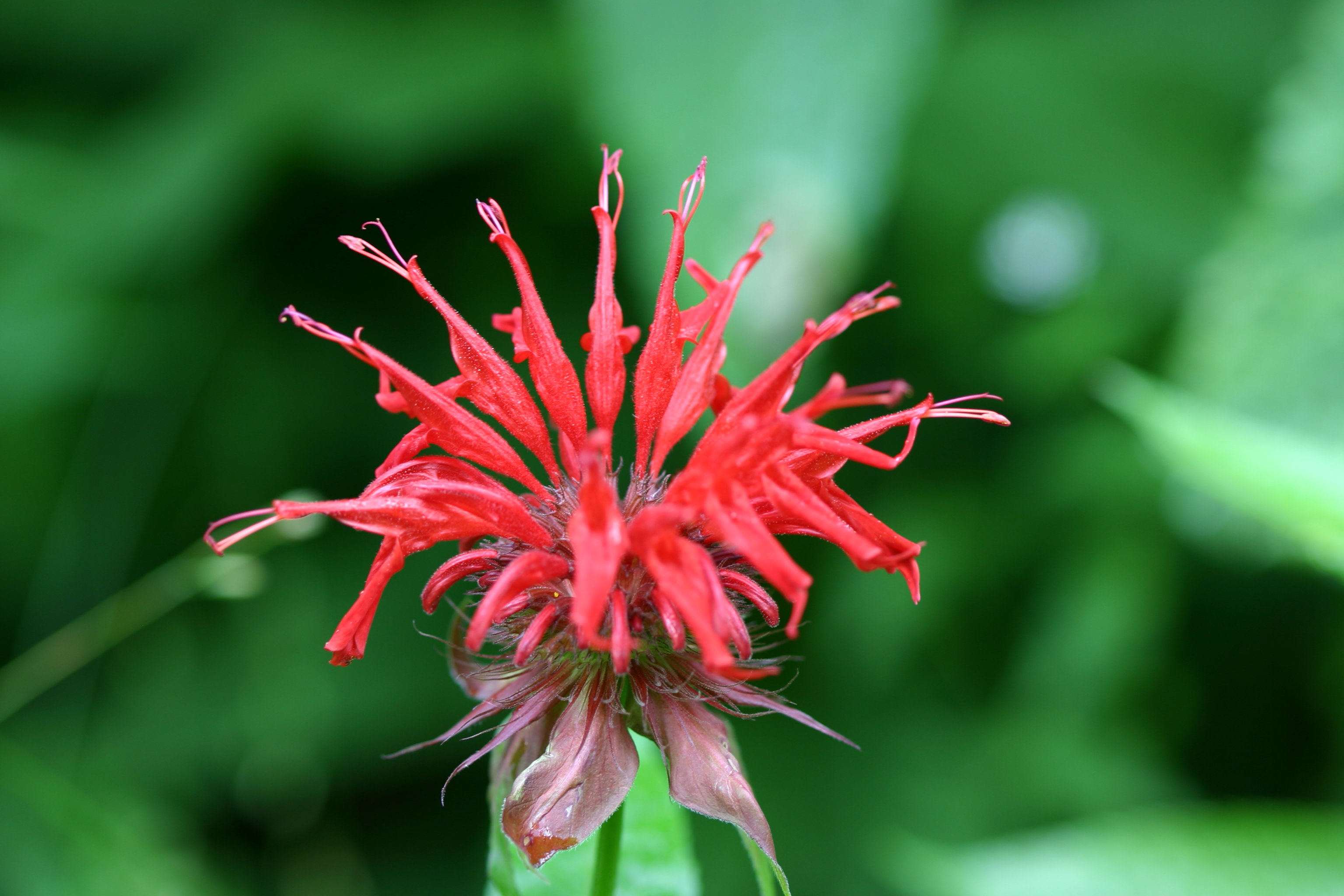
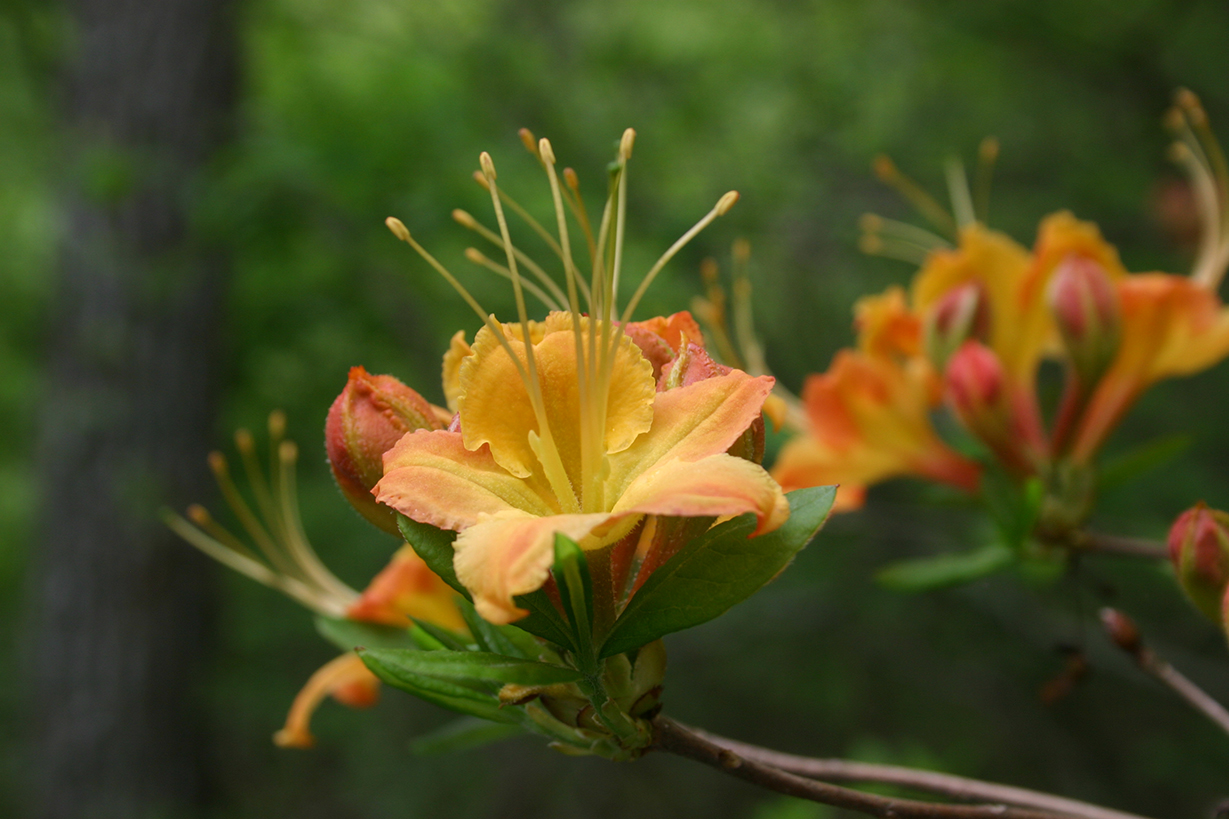
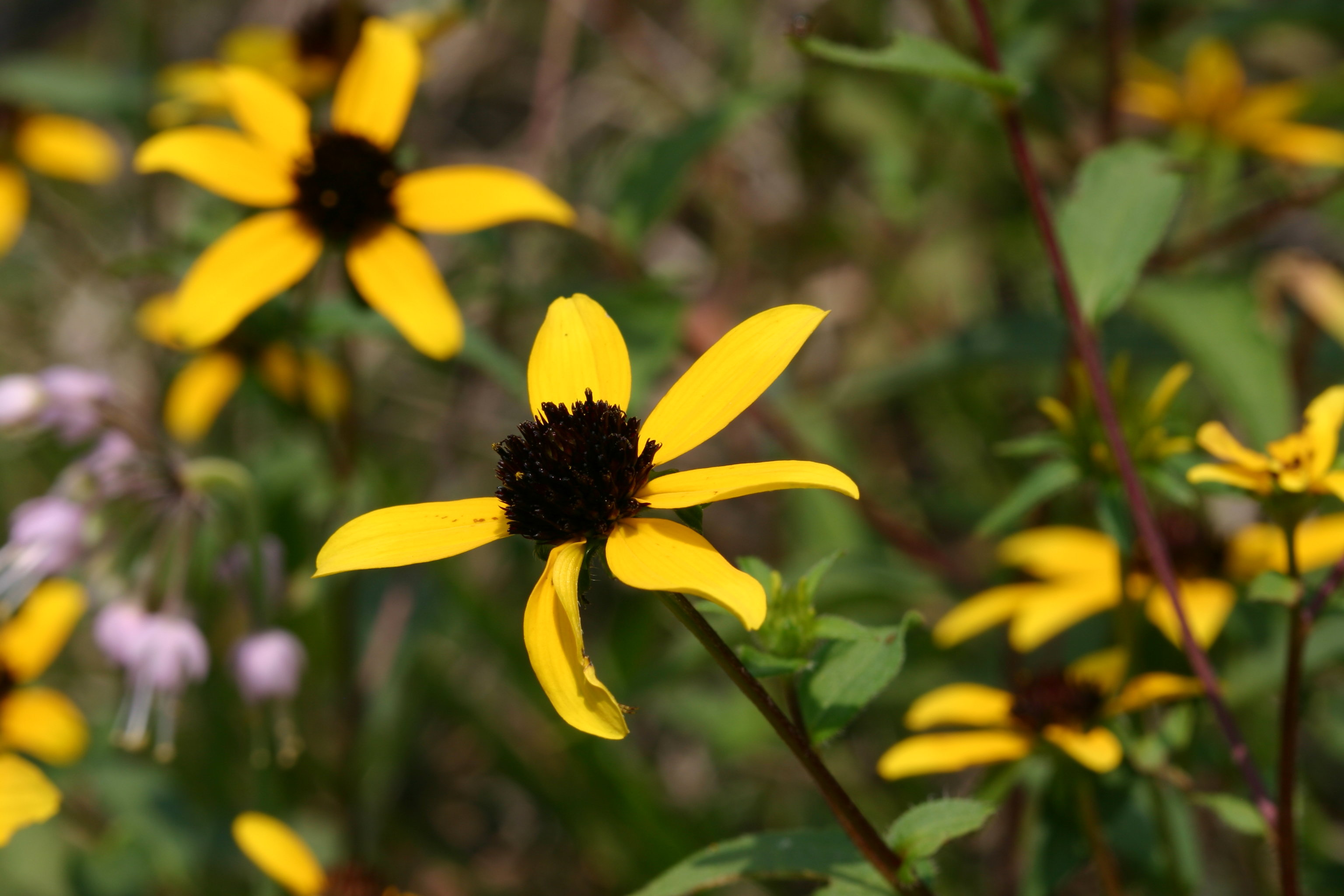
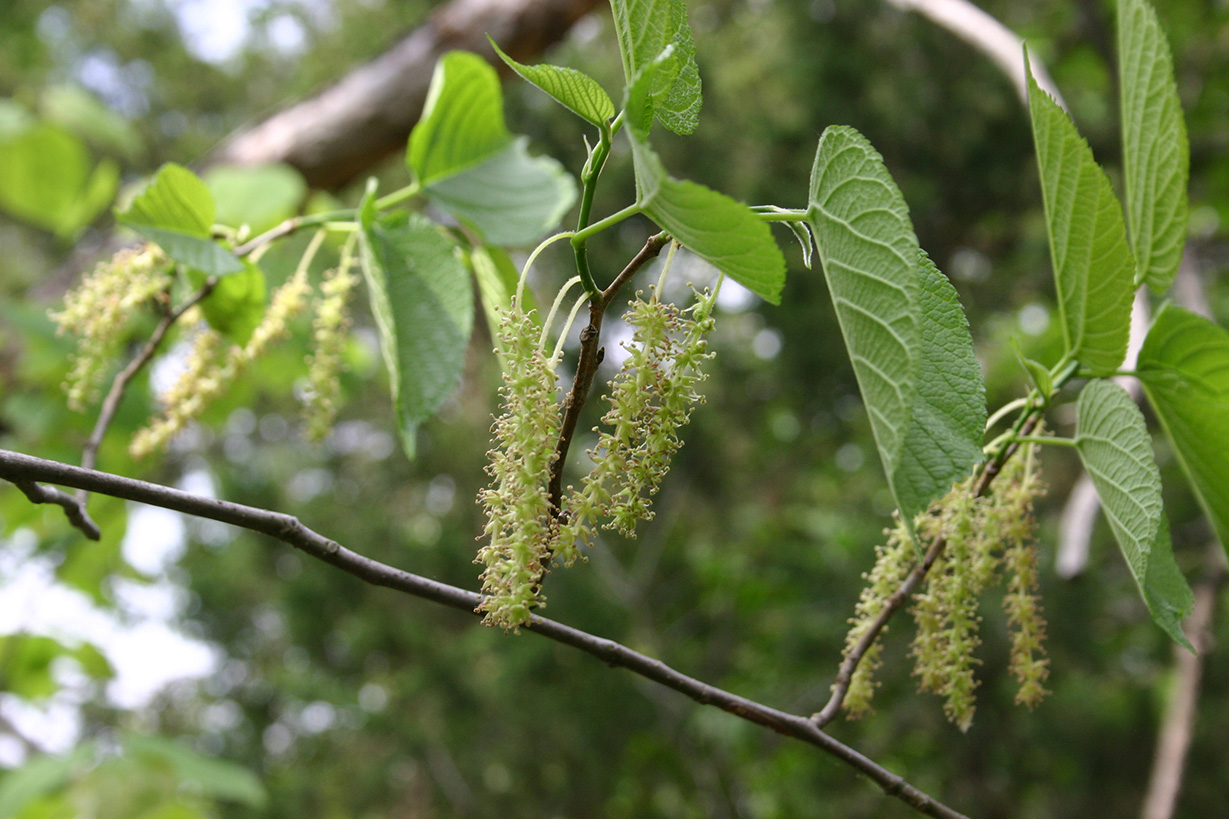
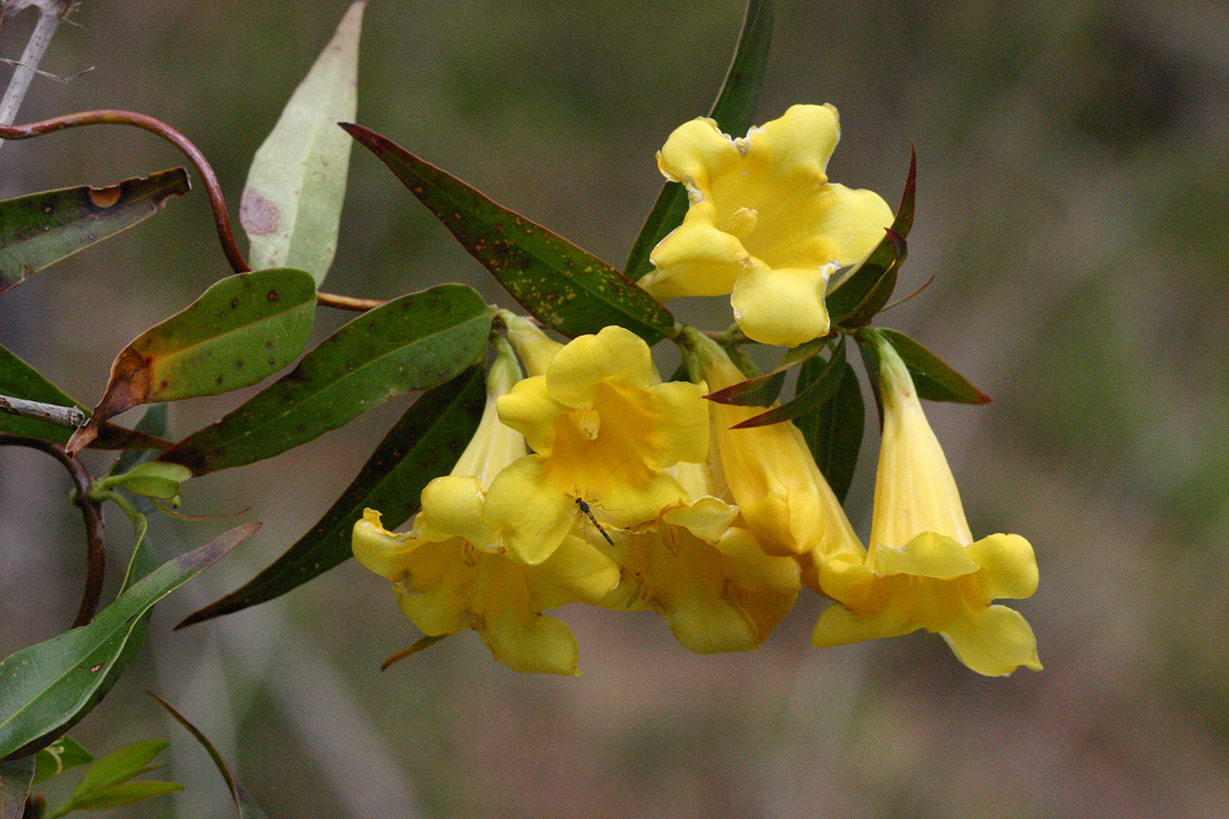
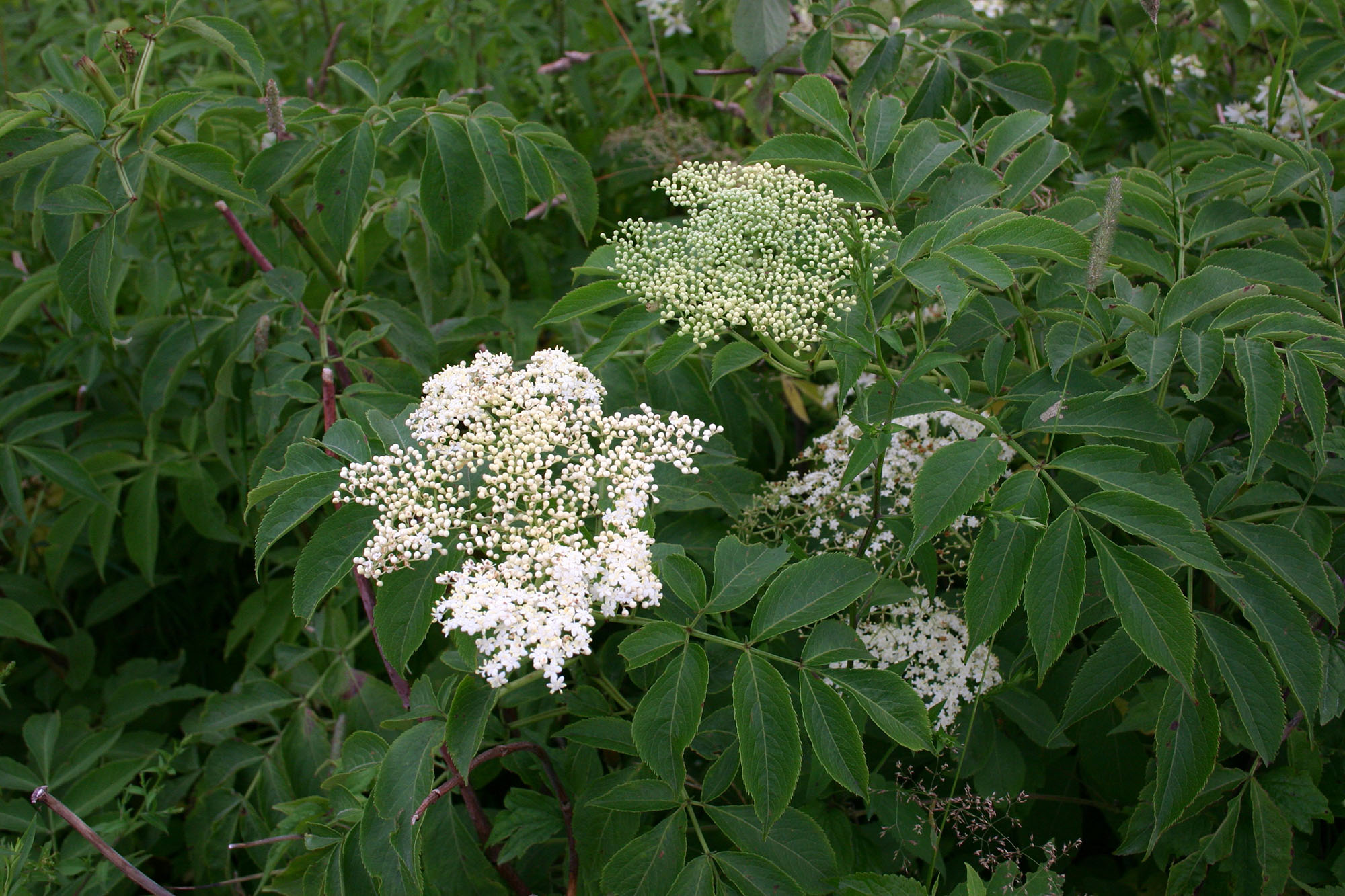
Photos by Gary Fleming & I.T. Wilson. Pictured: 1) Solidago 2) Mountain Laurel 3) Scarlet Beebalm 4) Flame Azalea 5) Brown-eyed Susan 6) Red Mulberry (bloomed) 7) Yellow Jessamine 8) Red Elderberry (bloomed)
Download a free guide for your area:
Learn more about the benefits of native plants — and the troubles with invasive species — from DCR's Natural Heritage program and organizations such as the Virginia Native Plant Society.
You can use our tool the Virginia Native Plant Finder to plan your plant project.
Lean on local nurseries and gardens like Lewis Ginter Botanical Garden that host workshops where you can learn how to garden with native plants, like the class Beginning Native Perennials for Gardeners on October 3, 2024.
The Department of Forestry has nurseries that grow seedlings for a wide variety of tree species. The nurseries offer them for sale (beginning October 1, 2024) at cost to private and public landowners for foresting lands in Virginia.
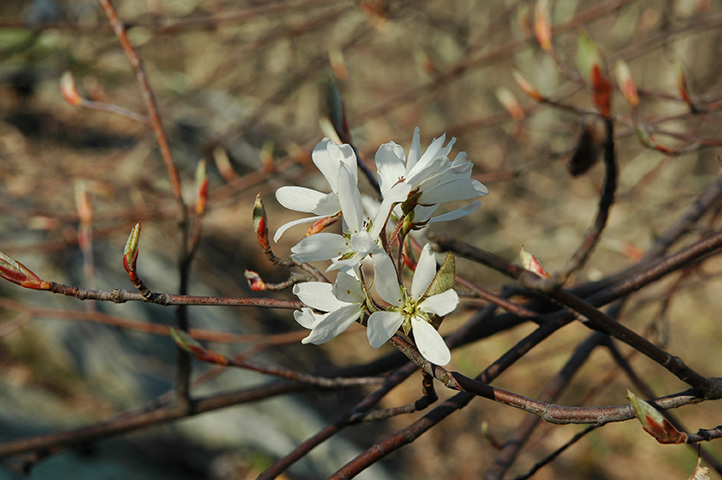
Pictured is a flower cluster from the shadbush (Amelanchier), a small, deciduous tree that grows in the coastal plain.
In the Richmond area, Richmond Tree Stewards and Reforest Richmond gave away trees for ArborDayRVA during Richmond Tree Week (October 11 - 20, 2024).
Instead of raking or blasting a leaf-blower to cart away all your tree leaves this fall, turn them into beneficial compost for next year's flower and vegetable beds. You can learn how from the Virginia Composting Council.
"Compost is produced when organic matter, such as garden and lawn waste, is broken down by bacteria and fungi. When added to soil, it improves soil structure; sandy soils will hold water better while clays will drain faster. Compost also promotes biologically healthy soil by providing food for earthworms, soil insects, and beneficial microorganisms." as stated in the Virginia Cooperative Extension's Using Compost in Your Landscape brochure.
Try out composting by leaving your leaves when they fall off the trees. Native pollinators use the leaves as nesting material over winter. You can help give them a safe space as well as add nutrients into your yard naturally with the decomposing leaves.
Happy fall and happy planting natives!
Categories
Native Plants | Natural Heritage | Nature | Soil and Water Conservation
Tags
native plants

